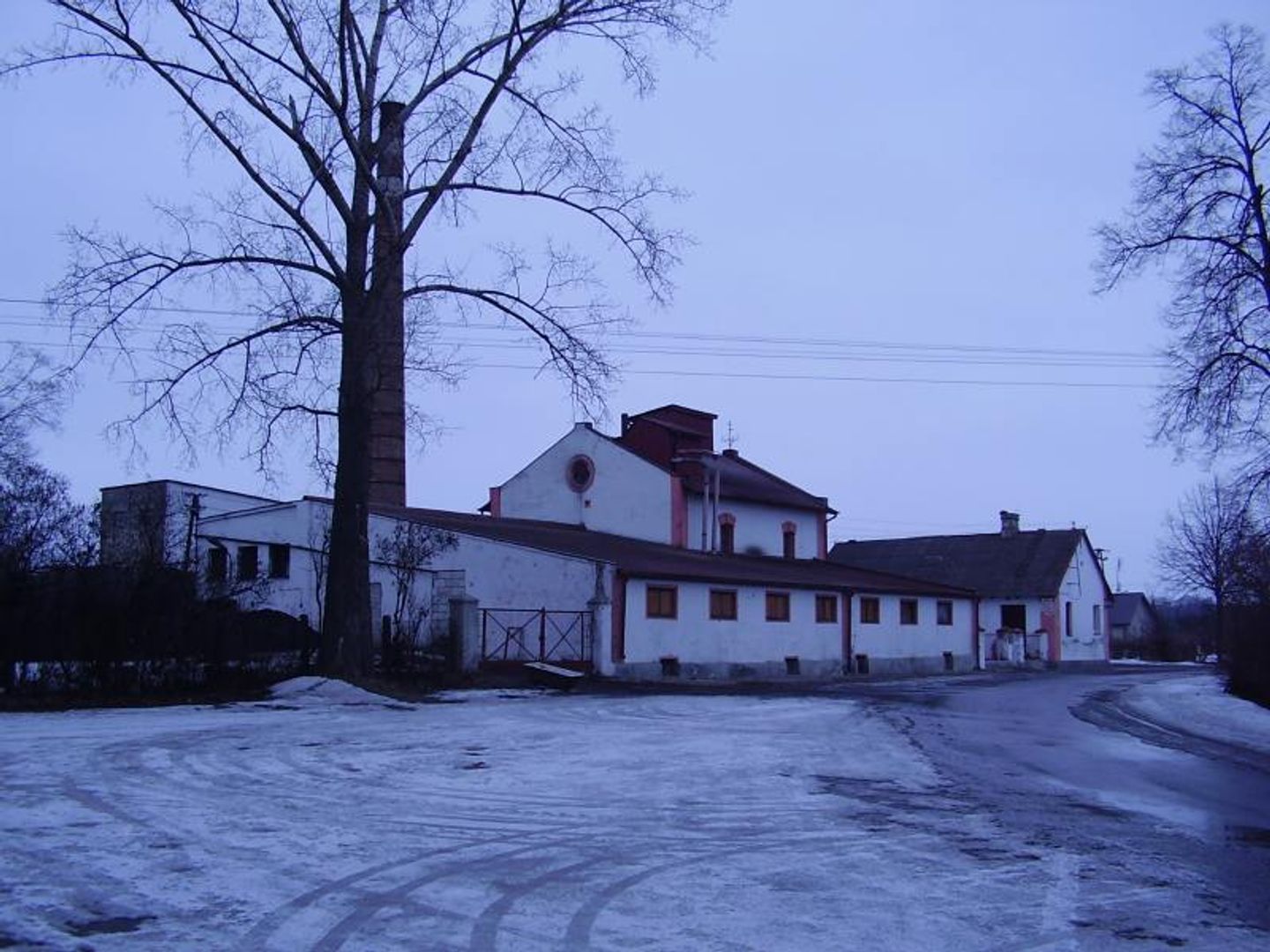Wola Osowińska
6.17

Overview
Wola Osowińska is a village in Poland, located in the Lublin Voivodeship, within the Radzyń Podlaski County. It has approximately 945 inhabitants and lies on the border of the South Podlasie Lowland and Western Polesie. The village boasts a rich natural environment with forests, meadows, and the Mała Bystrzyca River. Wola Osowińska is known for its manor-park-church complex, which is listed as a historical monument. Traces of 19th-century architecture can be found here, such as a manor house with an added two-story wing and the Church of the Assumption of the Blessed Virgin Mary from 1856. A notable feature is the landscape park, established at the turn of the 19th and 20th centuries, with pathways and majestic trees.
Wola Osowińska also has a rich history dating back to at least the 16th century and was a site of battles during both World Wars, commemorated by numerous monuments and obelisks. Cultural events are held in the village, and the Municipal Cultural Center contributes to community engagement. As the cultural hub of the Borki municipality, Wola Osowińska is home to the Regional Museum, which collects local heritage and traditions. An interesting fact is that among the people associated with Wola Osowińska are notable figures such as Zdzisław Krasnodębski, the founder of the 303 Squadron, and many local social activists.
The village is well-connected, with developed road infrastructure and internet access, fostering economic growth and resident activity. With its historical monuments and local traditions, Wola Osowińska is an important place both for its community and for tourists interested in the region's history.
Location
You can also find here:
2025 Wizytor | All Rights Reserved
